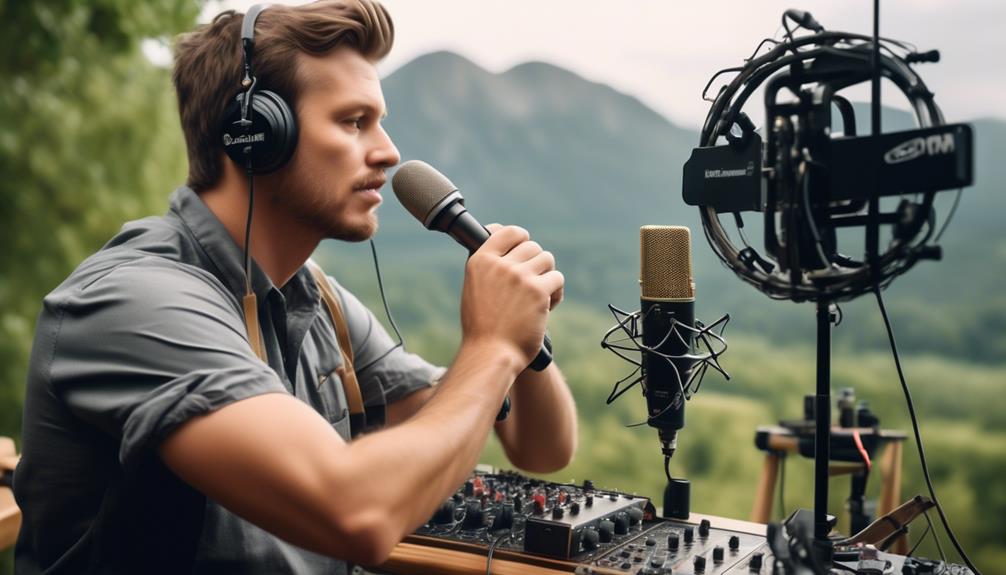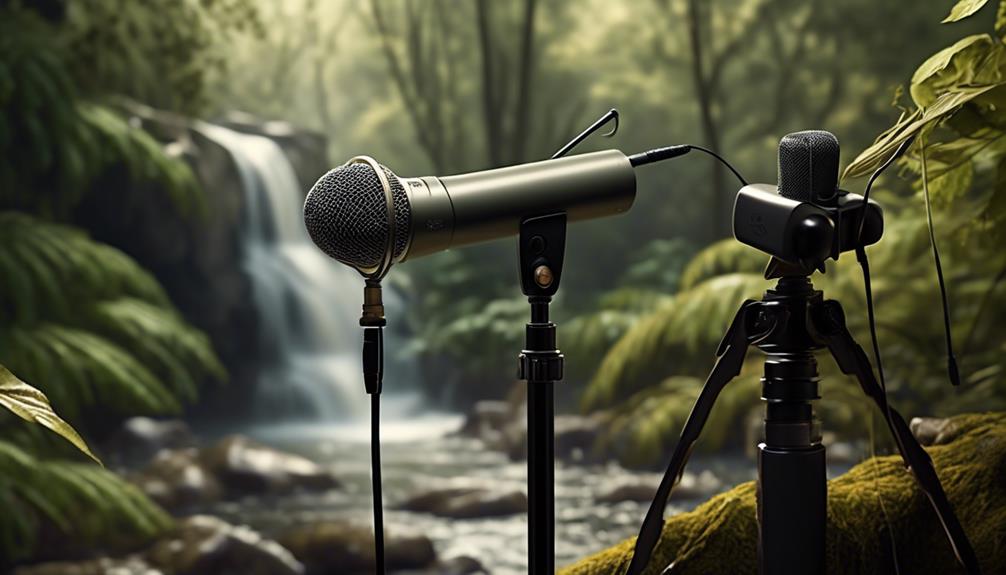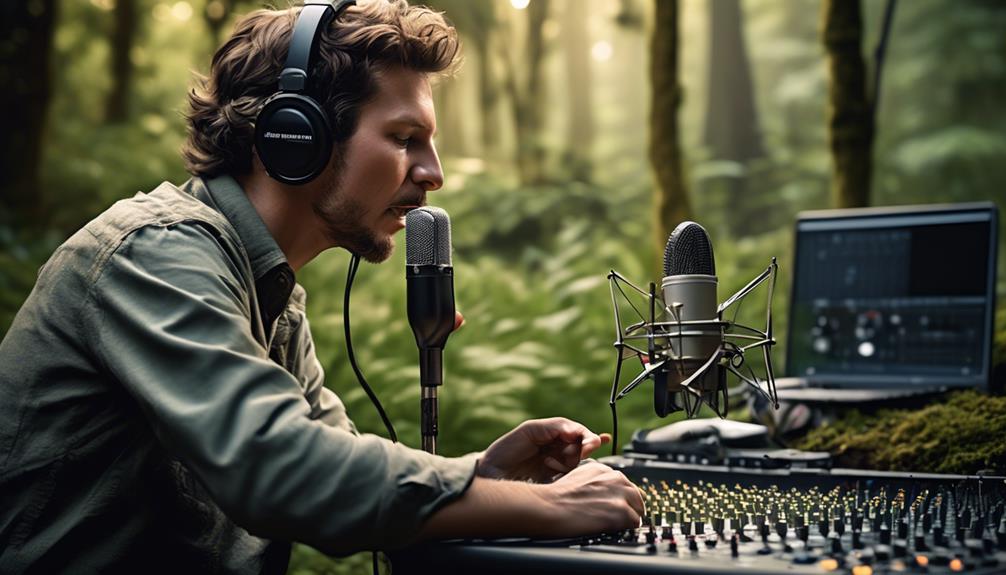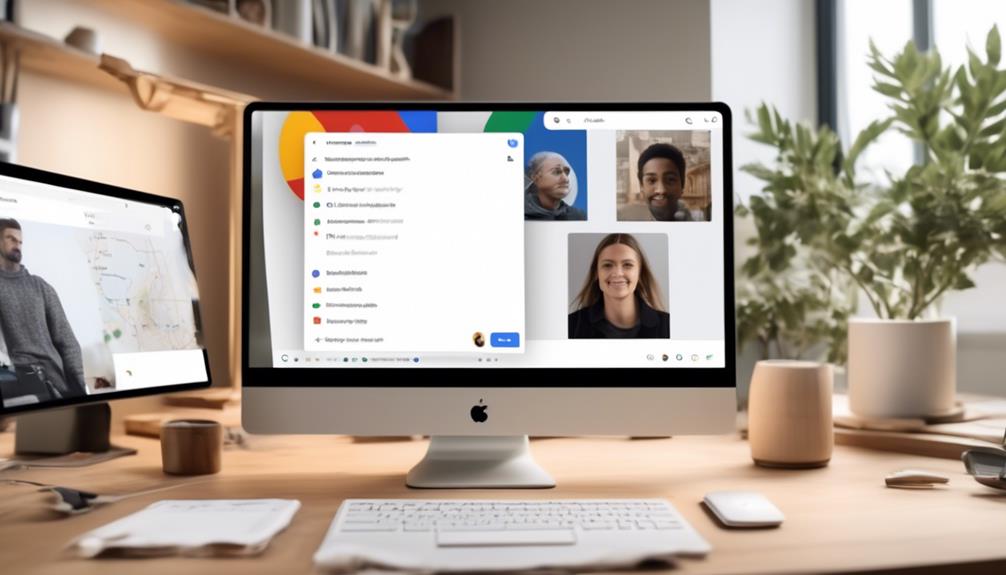We have all been captivated by the audio experiences in our favorite movies, but what some may not know is the detailed process involved in capturing those sounds.
Field recording sound in film is a crucial element that often goes unnoticed, yet it plays a significant role in creating a sense of immersion and authenticity for viewers.
From the subtle rustling of leaves to the powerful roar of a waterfall, field recording sound adds a layer of depth to the audio landscape of a film, elevating the overall cinematic experience.
But how exactly is this accomplished, and what techniques are employed to ensure the highest quality audio?
Key Takeaways
- Field recording sound in film enhances audio production and creates immersive experiences.
- It captures authentic sounds from the environment, bringing the audience closer to the on-screen action.
- Utilizing portable digital recording devices, it transports the audience into the world of the film through aural immersion.
- Field recording sound enhances the overall quality and depth of sound design, allowing for realistic recording of transient sounds and environmental nuances.
Role of Field Recording Sound
When field recording sound in film, we actively seek to capture authentic sounds from the environment to enhance the audio production and create immersive experiences. This involves venturing outside the controlled studio environment to capture natural and realistic recordings that bring the audience closer to the on-screen action. Utilizing portable digital recording devices, we aim to capture not just dialogue, but also the ambient sounds of the location, as well as specific sound effects that add depth and richness to the audio. The goal is to transport the audience into the world of the film through aural immersion.
Capturing audio in the field requires careful consideration of equipment, including the use of wind protection to minimize unwanted noise. Essential items such as audio recorders, headphones, and additional microphones are vital for achieving high-quality recordings. The choice of microphone, such as shotgun microphones or RDE NTG-1, plays a critical role in capturing the essence of the environment and evoking the desired emotional response from the audience.
Techniques for Capturing High-Quality Audio

Venturing into the techniques for capturing high-quality audio from the field, we focus on essential equipment and meticulous planning to ensure immersive sound experiences in film production. When setting up a field recording, it's crucial to consider the equipment needed and the environment in which you'll be recording. Here's a breakdown of the essential equipment and techniques for successful field recording:
| Equipment | Description |
|---|---|
| Audio Recorder | Choose a recorder with the appropriate number of input channels and a high-quality preamp for clean sound capture. Consider options like the Zoom H4n Pro or the Sound Devices MixPre-6 II. |
| Microphones | Select microphones based on the recording scenario. Shotgun microphones offer high directionality, while the RDE NTG-1 is popular for its concise sound capture. |
| Wind Protection | Windshields and blimps are essential to eliminate wind noise, ensuring clear and natural sounds.
In addition to the equipment, meticulous planning and attention to detail are necessary for capturing high-quality audio in the field. This includes setting the right gain levels, choosing the appropriate microphone, and focusing on capturing the essence and emotions in the sound. These techniques, combined with a well-thought-out field recording setup, contribute to the creation of a high-quality audio experience.
History and Uses of Field Recording
Field recording, capturing the sounds of natural or urban environments, has been extensively utilized in a wide range of applications, including relaxation, film sound effects, bioacoustics research, and art installations.
The history of field recording dates back to the late 19th century when people began to use early recording devices to capture the sounds of nature and urban environments. These recordings served as a means of preserving the biological aspects of specific locations and have since become popular for creating realistic soundscapes in film and other media productions.
In addition to its use in film sound effects, field recordings have been employed in bioacoustics research to study the sounds of animals and their environments. Moreover, the uses of field recordings extend to relaxation and meditation, where the serene sounds of nature provide a calming ambiance.
Furthermore, field recording has become an integral part of art installations, offering immersive auditory experiences.
Types of Sound to Record

In field recording, we capture a diverse range of sounds, including nature sounds, sound effects, transportation sounds, personal spaces, and urban environments.
Each type of sound serves a unique purpose in enhancing the overall auditory experience in film and other media productions.
Nature sounds, such as the gentle rustling of leaves or the soothing flow of a river, contribute to creating natural soundscapes that mimic biological aspects, adding depth and realism to a scene.
Sound effects, from the chirping of crickets to the clinking of glassware, are essential for creating realistic and immersive environments.
Transportation sounds capture the essence of movement, while recording personal spaces delves into the unique acoustic qualities of various environments.
Urban environments, with their bustling streets and city sounds, offer a rich tapestry of auditory experiences.
To capture these diverse sounds effectively, a portable digital field recorder is essential equipment for capturing high-quality field recordings, allowing filmmakers to precisely capture the desired sound and bring their creative vision to life.
Importance in Sound Design
Capturing authentic and high-quality sounds through field recording is paramount in enhancing the overall quality and depth of sound design work in film and other media productions. The importance of field recording in sound design can't be overstated.
It allows for the realistic recording of transient sounds, mimicking biological aspects, and environmental nuances that are challenging to replicate in a studio environment. The use of professional recording equipment ensures the highest fidelity and accuracy in capturing these sounds, providing sound designers with a diverse range of options during post-production.
In film, the immersive and realistic soundscapes created through field recording contribute significantly to the overall storytelling and emotional impact. The authenticity and depth added to sound design through field recording elevate the audience's experience, drawing them further into the narrative.
Furthermore, the unique and creative sound elements obtained through field recording offer a level of creativity and originality that can truly distinguish a film's auditory experience. Thus, field recording plays a pivotal role in the art of sound design, enriching the auditory dimension of film and media productions.
Frequently Asked Questions
What Is a Field Audio Recorder?
A field audio recorder is a portable device used to capture high-quality audio in outdoor environments and remote locations. It's essential for sound design and capturing natural ambience.
When using field audio recorders, we consider equipment options, location sound, and the creative process. However, technical challenges like wind noise and gain levels must be managed.
Field audio recorders are vital for achieving top-notch audio quality in film, music, and other industries.
What Are the Different Types of Sound Recording in Film?
In film, different types of sound recording play a crucial role. Equipment like microphones and recorders are essential for capturing natural ambiance and sound effects in various environmental conditions. Techniques and challenges in location scouting and recording in remote locations are common.
Creative applications of field recording include documentary filmmaking and post-production sound design. Understanding these aspects helps master the art of field recording for film.
Why Is Field Recording Important?
Field recording is important because it captures the natural ambience and enhances the realism of audio capture, creating an immersive and emotionally connected experience.
It adds authenticity to storytelling and enhances the cinematic experience through immersive sound design. By capturing environmental sounds, it enhances the atmospheric realism of films, providing a unique and enhanced perspective for the audience.
What Is the Difference Between Field Recording and Studio Recording?
In live environments, field recording captures the authenticity factor and natural ambience, setting it apart from studio recording. It embraces unpredictable elements, creating a realistic soundscape through on-location recording with a mobile setup.
The raw audio reflects impromptu situations and environmental noise, offering a unique perspective. This approach distinguishes itself by immersing the audience in genuine experiences, making field recording an essential tool for mastering audio in film production.
How Does the Technique of Stereo or Mono Recording Impact Field Recording Sound in Film?
When it comes to field recording sound in film, the choice between stereo vs mono recording can make a significant impact. Stereo recording captures a more immersive and realistic audio experience, with a sense of dimension and space. On the other hand, mono recording can be more focused and direct, ideal for certain types of scenes.
Conclusion
In conclusion, field recording sound in film is essential for creating an immersive and authentic audio experience for viewers.
Did you know that over 70% of sound effects used in films are captured through field recording, adding a layer of realism that enhances the overall cinematic experience?
This technique allows filmmakers to capture the natural sounds and ambient noises that bring their storytelling to life.










